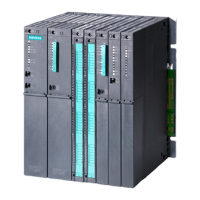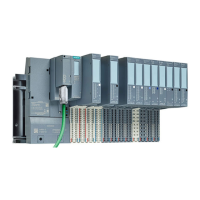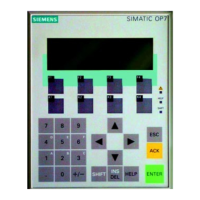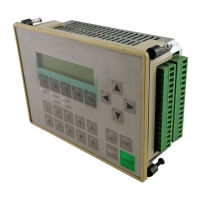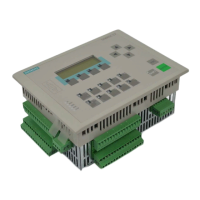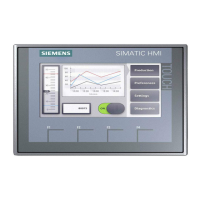3.6 Features for the commissioning and operation phases
Features for the commissioning and operation phases
The following table lists the features PCS 7 offers for the commissioning and operation phases.
The redundant components allows the continuation of the process if a component fails.
Operator control and monitoring of the process remains unaffected. In addition, the archiving
of process data is not interrupted during the commissioning phase. Defective components can
be replaced in runtime.
Note
If a component fails in a redundant control system, the high availability is lost. This means that
another failure could potentially result in the failure of the entire system, although such
occurrences are rare (for example, if both bus lines are disconnected in the case of a redundant
bus system).
You can find additional information on this in the section "Redundancy nodes (Page 32)".
Feature Meaning Possible error / possible reason
Toleration of an isolated
error
An isolated error is tolerated since the high
availability redundant component contin‐
ues the process.
Fault or failure of servers and clients
Examples:
● Hard disk failure
● Operating system failure
● Connection failure
● Hard disk capacity for archiving exhausted
Error or failure of the automation system
Examples:
● Failure of power supply
● Failure of a CPU
Error or failure of the communication
Examples:
● Line break
● Electromagnetic compatibility (EMC)
Error or failure of central or distributed I/O modules
Example:
● Component failure
● Short circuit
Fault in distributed I/O devices
Examples:
● Failure of the power supply (PS)
● Failure of an interface (IM)
Ensure uninterrupted op‐
eration through redun‐
dant components.
The system can continue process control
without operator intervention.
Failure of an individual component in a high availa‐
bility process control system.
Upgrade and expansion of the system.
Basics of high availability
3.6 Features for the commissioning and operation phases
High Availability Process Control Systems (V9.0)
Function Manual, 05/2017, A5E39221836-AA 27

